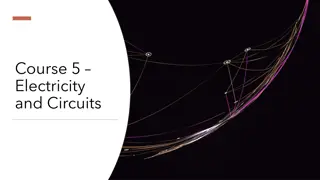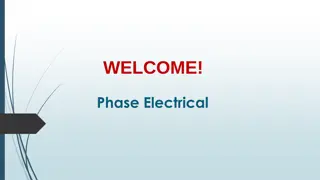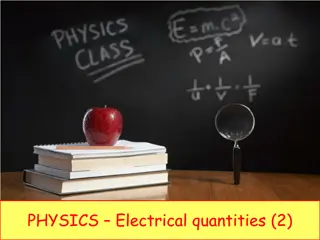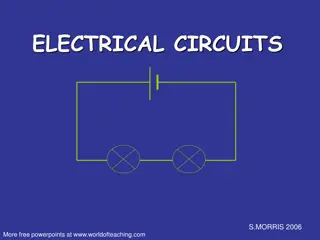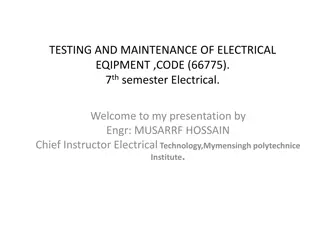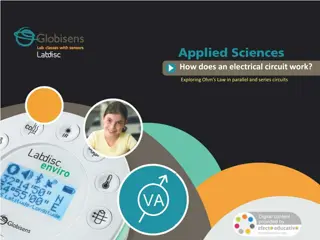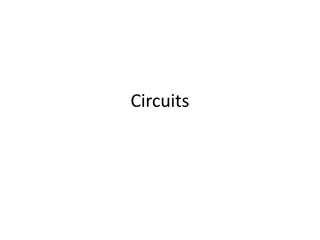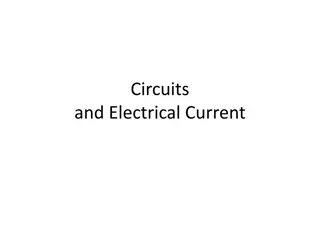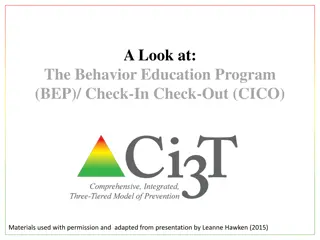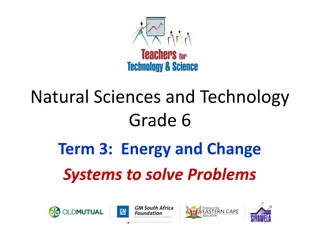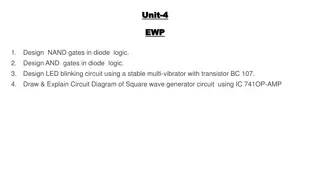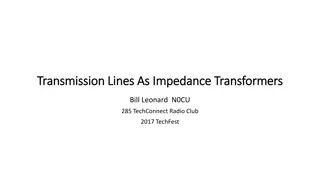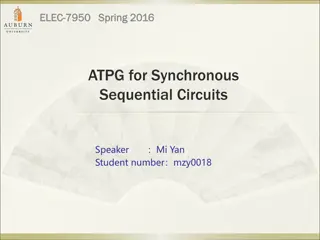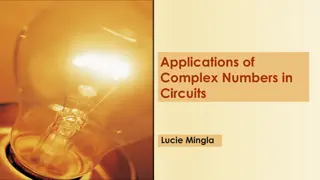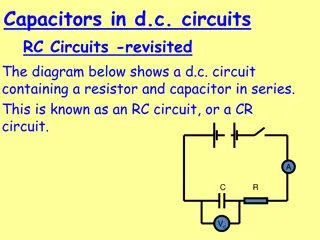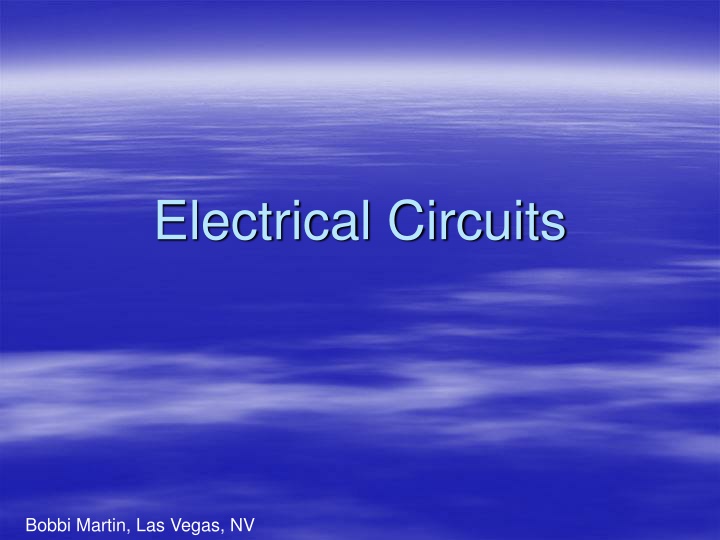
Electrical Circuits and Currents - A Comprehensive Guide
Discover the fundamentals of electricity, including its generation, voltage, currents, and power sources. Learn about the differences between direct current (DC) and alternating current (AC), as well as how batteries play a crucial role in storing and generating electrical energy.
Uploaded on | 2 Views
Download Presentation

Please find below an Image/Link to download the presentation.
The content on the website is provided AS IS for your information and personal use only. It may not be sold, licensed, or shared on other websites without obtaining consent from the author. If you encounter any issues during the download, it is possible that the publisher has removed the file from their server.
You are allowed to download the files provided on this website for personal or commercial use, subject to the condition that they are used lawfully. All files are the property of their respective owners.
The content on the website is provided AS IS for your information and personal use only. It may not be sold, licensed, or shared on other websites without obtaining consent from the author.
E N D
Presentation Transcript
Electrical Circuits Bobbi Martin, Las Vegas, NV
What is electricity? It is a form of energy that is created from the movement of electrons of atoms. When the electrons move from one atom to the next, energy is created. The word electricity comes from the same root word as electron.
Voltage The electron travels around the atom at a very high rate of speed. When the electrons move from one atom to the next, the energy created is called voltage.
Moving Electrons The moving electrons make a fast flowing river of energy called a current. The current travels through a material like a wire made from aluminum or copper called a conductor.
Types of Currents Direct Current (DC) Alternating Current (AC)
Alternating Current The power that comes from a power plant is called alternating current (AC). The direction of the current reverses, or alternates, 60 times per second (in the U.S.) or 50 times per second (in Europe, for example). The power that is available at a wall socket in the United States is 120- volt, 60-cycle AC power.
Direct Current Batteries, fuel cells and solar cells all produce something called direct current (DC). The positive and negative terminals of a battery are always positive and negative. The electron current always flows in the same direction between those two terminals. Car Battery Solar Cell Fuel Cell
AC DC Electrons flow in one direction Direction of electrons reverses Electrical Power Sources Electricity is generated by stored chemicals, radiation, wind, or fuel Electricity is generated by coal, water, fossil fuels, or nuclear reaction at a generating station Can be portable
Batteries Batteries are not little packages of energy. Batteries collect electrons in the negative (-) terminal. Chemicals inside the battery rapidly push the electrons out the positive (+) terminal creating electricity.
Components of a Circuit Click on picture for video stream
Components of a Circuit Power Source Conductor Load
Series Circuit A circuit that only has one path for current to flow through is called a series circuit. If the path is broken, no current flows through the circuit.
Parallel Circuit A type of circuit that has more than one path for current is called a parallel circuit. If the path is broken, the current continues to flow through the circuit.
Open and Closed Circuits What will happen if the switch is lifted?
Combination Circuit What will happen to the circuit if one of the motors fails to function? What will happen if one of the bulbs fails to function?
Work with your partner or group to use a Venn diagram to compare and contrast series and parallel circuits Series Circuit Parallel Circuit

